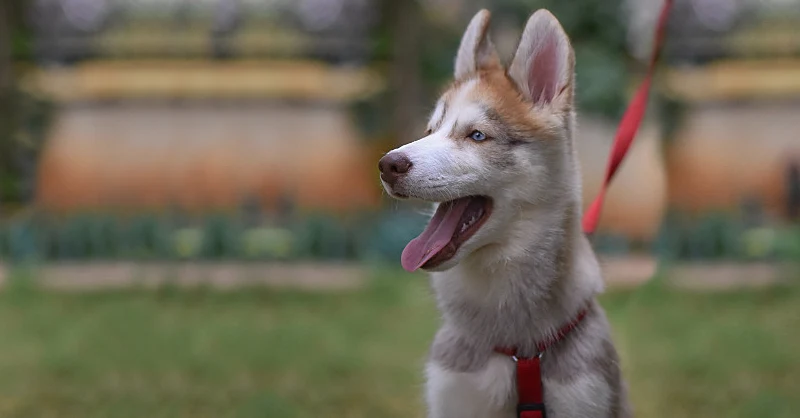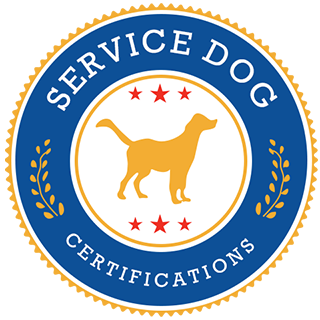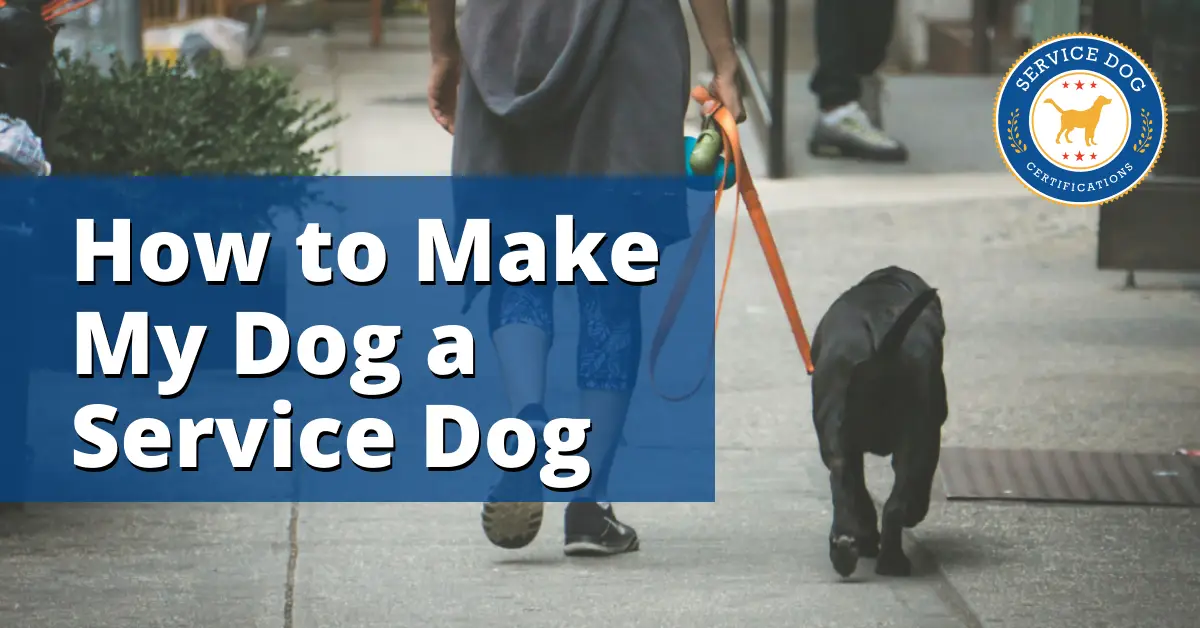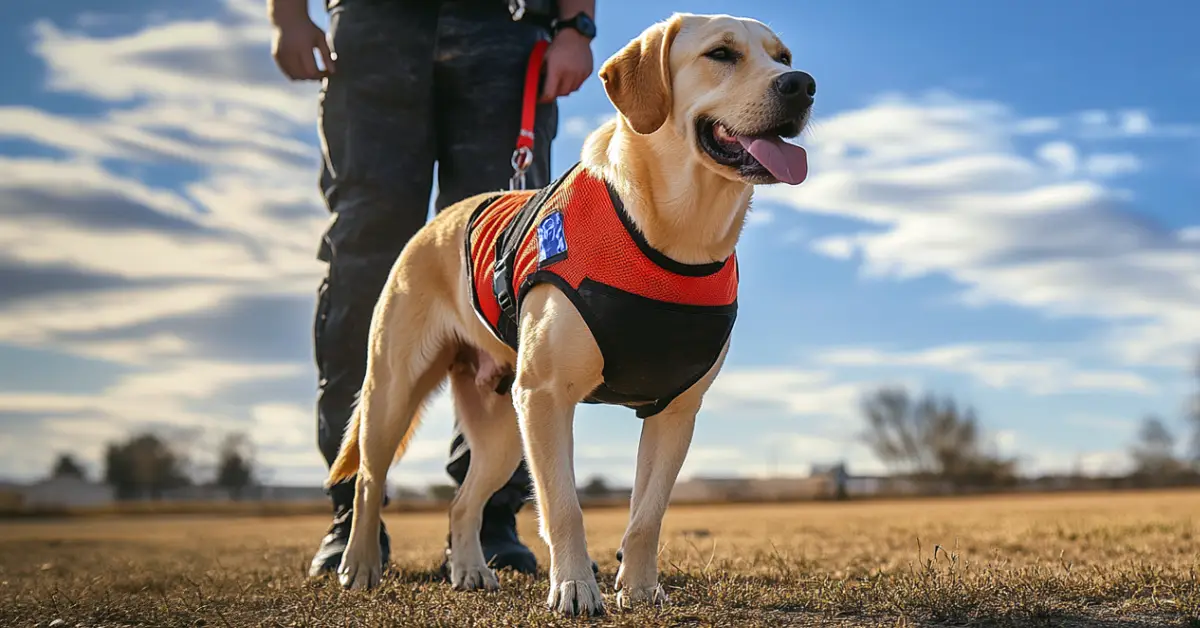All Our Articles on Training

Complete Checklist of Stress Signs for Service Dogs
Service dogs can't tell you when they're overwhelmed, but they show it through body language and behavior changes. Learning to spot these signals early prevents... Read more

What is a Public Access Test for Service Animals?
A public access test checks whether your service dog behaves well in places where regular pets are not allowed. The point is to ensure your... Read more

How to Get Your Service Dog to Stop Barking
Dogs are great companions, but sometimes they bark—a lot. This can be frustrating and—especially for a Service Dog—poor behavior. But with patience, training and well-timed... Read more

How to Train a Service Dog for Anxiety – 6 Important Steps
We've probably all seen a service dog helping to guide a person that is physically challenged but did you know you can also have a... Read more

Service Dog Training Guide: The Basics
Training your dog to become a service dog is easier and can be more cost-effective than you think, as there are options for you to... Read more

Legitimate Service Dog Certification
Fight Service Dog Fraud - Defend Your Rights as a Service Dog Handler Dogs are a man's or woman's best friend. We have trained them... Read more

How to Make My Dog a Service Dog
The process of making your dog a service dog is easy if you have a qualifying disability and can be done in five steps. The... Read more

How Much Does It Cost to Train a Service Dog
Training a service dog doesn't have to break the bank! The cost ranges from free (yes, free!) to $50,000, depending on whether you choose self-training... Read more
